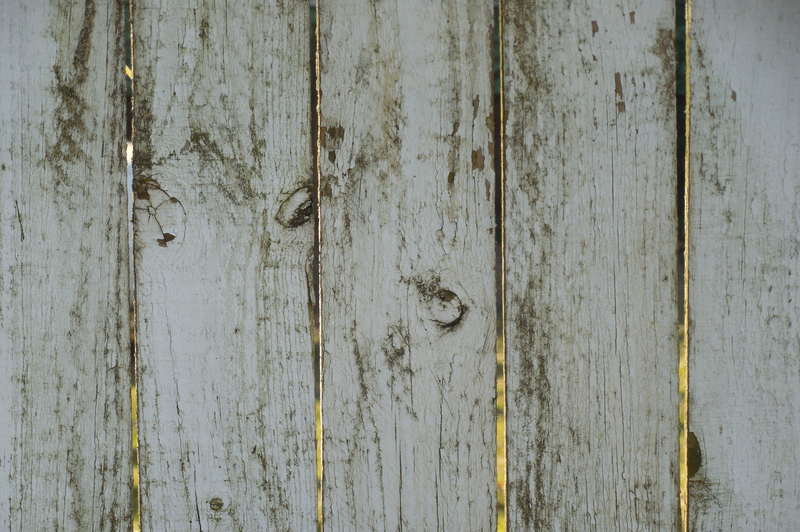If you don’t want to handle any water damage or mildew growth issues, you need to know how to stop mildew on water damaged wood. It’s not very pleasant to have to take care of a damp basement.
Bare wood is the most prominent victim of this scenario, and that’s why you should learn how to clean it. You may commonly see mildew on a variety of surfaces. A black or white mold-related growth exists, and it is thin.

Mold is simply a fungus and a type of plant. Molds exist in the air regardless, but mildew forms in areas that are both damp and warm.
They usually form in wet summer weather, in particular in private homes. Changes in weather patterns cause storms to be more violent and frequent and raise the chance for water damage, leading to mildew growth.
Mildew is dangerous, and you should take it seriously because your home or structure may contain moisture, which might grow into mold if not checked regularly.
How Do You Stop Mildew From Growing On Wet Wood?
It is essential to take specific rapid steps to delay mildew growth, such as analyzing and addressing the damage. Minimizing the loss involves doing everything in your ability to stop the damage. If you need help on finding out if the wood is damaged or not, here is an article on detecting water damaged wood.
Step #1. Turn off all water source
Turn the water off at your home if you are experiencing water damage caused by problems within your house. Seal all places you know to make sure there will be no more leaks.
Step #2. Clean the area with a vacuum
If mildew has begun to spread to the rest of the wood, use a vacuum with a filtration system to remove any scattered mildew spores. Remember to seal all vacuumed material in a plastic bag because you don’t want any spores escaping.
Step #3. Clean all mildew
If you can find the mildew’s root, you might be able to eradicate it. Essential dishwashing soap and warm water mixture do the trick.
Shake water with a teaspoon of soap in a spray bottle to produce a sudsy solution. To scrub the mildew away, use a soft-bristled brush and rinse the area well after you’ve washed, cleaning up any leftover water.
Make sure the place is dry by using a towel. If you’re having issues, use distilled white vinegar to eradicate all types of mildew completely.
Spray a solution made of equal measures of vinegar and warm water on the mildew. You need to wait one hour before wiping the surface of a slightly damp towel, then a dry towel. If the mold is still there, you need to bring out the borax, a milder cleanser that’s better than bleach.
Do not allow extra liquid to remain on the sponge. You want the chemical to stay in the wood so you will minimize the growth. To dry the wood thoroughly and quickly, set up a fan or dehumidifier in the room and ensure it can absorb the borax under the wood surface.
Step #4. Sand it out
Mildew can be an issue, and some cleaning methods may be sufficient to remove it, but some mildew might be persistent and require some manual labor to get rid of. To get rid of the rot’s region, rub it out with sandpaper, being careful not to erode the rest of the house. To remove any dirt and any loosened mildew spores, use a vacuum.
How do you keep mildew from coming back?
A tiny issue that you may quickly resolve by drying your home within a short period may eventually become a massive one that costs you a considerable amount of money. Mildew also, among other things, causes complications, including illness and breathing difficulties.
While there are some things you can’t avoid, you can usually tell if your wood is suffering from rot early, which signals you have significant water damage issues. If you can prevent water damage, you should have no problem avoiding the situation described above.
By making sure to thoroughly search for water entry points in your home each year, you may ward off a lot of costly repairs. A series of minor issues — such as cracks in sealing, drooping or leaky gutters, and blocked crawl spaces — is prime territory for water damage to enter your house without your seeing it.
If you have a water damage issue, have it resolved right away. Waiting will only lead to a greater risk of spoilage.
Can this be done through DIY?
Once you remove all extra moisture, all sources should be cleaned and sanitized. You may buy retail cleaning treatments which eradicate both microorganisms and the ability to mold. You can find these remedies in your local hardware shop.
Changes in weather patterns cause storms to be more violent and frequent and raise the chance for water damage, leading to mildew growth. Professional cleaning thoroughly removes mold from your surroundings.
Conclusion
You should be capable of preventing mold formation if you apply these methods on how to stop mildew on water damaged wood instructions. Preventive methods don’t always work. Therefore you should immediately call the expert to clean it if you still find evidence of mold growth.
